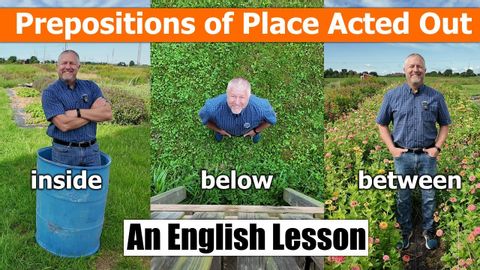【英語の前置詞】実際の動きを見てわかりやすく覚えよう!
Minjane が 2024 年 10 月 17 日 に投稿  この条件に一致する単語はありません
この条件に一致する単語はありませんUS /səbˈskraɪb/
・
UK /səb'skraɪb/
- v.t./i.(定期的なサービスに)申し込む : 予約をする : 予約金を払う
- v.t./i.突き刺す : 刺し込む;貼る : くっつける;とどまる;突き出す;我慢する
- n. (c.)棒
- v.t./i.出場する;計算する;思う;思う
- n.姿 : 体形;数字;人物像;図表;著名人;姿の輪郭;数字
US /prɪˈtɛnd/
・
UK /prɪ'tend/
- v.t./i.ふりをする
- adj.見せかけの : 偽りの
- n. (c./u.)見せかけ : 偽り
エネルギーを使用
すべての単語を解除
発音・解説・フィルター機能を解除
